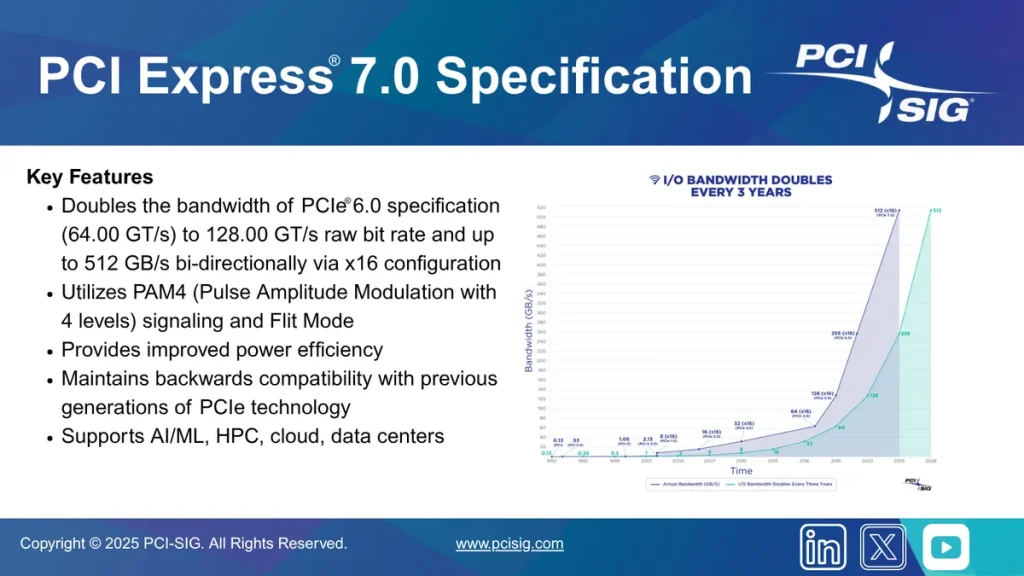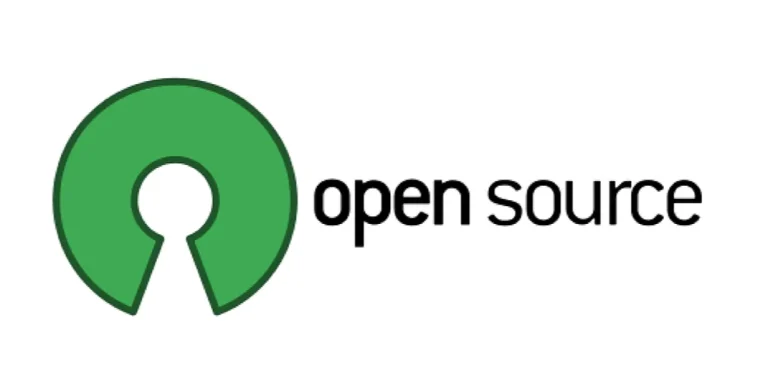
The PCI-SIG consortium, the industry body responsible for defining the PCIe standard, has officially released the PCIe 7.0 specification. As anticipated, the new version once again doubles both the raw bit rate and data throughput, offering significantly enhanced transfer performance for PCIe devices.
Specifically, PCIe 7.0 increases the raw bit rate from 64 GT/s to 128 GT/s. With an x16 lane configuration, it enables a bidirectional data transfer rate of up to 512 GB/s, a substantial leap from the 256 GB/s offered by its predecessor—a development poised to greatly benefit data centers.
More notably, this iteration introduces PAM4 (four-level pulse amplitude modulation) signaling and Flit-based encoding, innovations that dramatically improve transmission efficiency while reducing overall power consumption across devices.
As with previous versions, PCIe 7.0 retains backward compatibility, ensuring that existing hardware remains usable without requiring wholesale upgrades. However, full utilization of PCIe 7.0’s capabilities depends on core components being explicitly designed for compatibility; otherwise, systems will revert to legacy standards such as PCIe 6.0 or 5.0.
For most consumer use cases, the blazing transfer speeds offered by PCIe 7.0 hold limited practical value, as such bandwidth far exceeds everyday requirements. Instead, the continued exponential increases in throughput are primarily aimed at meeting the demanding workloads of modern data centers.
PCI-SIG also underscored the growing importance of artificial intelligence applications in the development of new standards. AI and machine learning are now considered top priorities for future hardware design, and forthcoming iterations, including PCIe 8.0, are expected to be further optimized to serve these computationally intensive domains.
At present, the dominant protocols in the market remain PCIe 5.0 and 4.0, while select manufacturers have begun evaluating PCIe 6.0 components tailored for data center deployment. Hardware compatible with PCIe 7.0 is not expected to arrive on the market in the near term, with the earliest projections pointing to a 2028–2029 timeframe.


